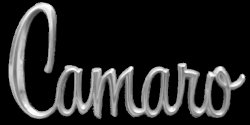| Here is the pile of parts I picked up with the kit. Everything was included except a knock
sensor and the air filter plumbing. The wiring harness was complete including the under
dash harness. The computer even had a Moates chip adaptor for easy chip replacement.
The only downside was that everything was dirty and needed a good cleaning. Tag Heuer Formula 1 Replica
|
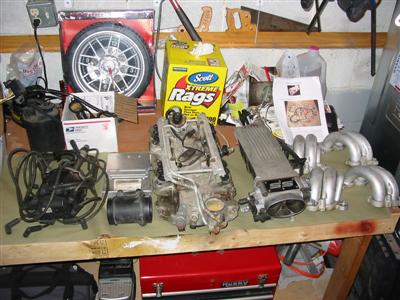
|

|

|
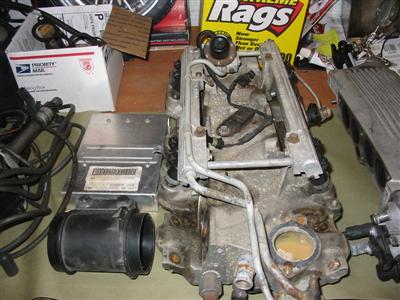
|

|

|
| Since the fuel lines on my car are 1/2 inch, I decided that I wanted to install -8 AN
fittings into the fuel rail that fed and exited from the rear. This was not as easy to do
as I thought it was going to be. I removed the fuel line from the right front rail and tapped
it using a 1/2 NPT tap. I tapped the front of the rail to install a plug. |
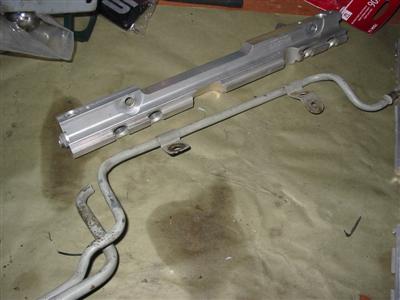
|

|
| I also removed the return fuel line from the regulator because It will not be used. I
also tapped this hole to allow me to install an NPT plug. |

|
|
| Here are the fuel rails cleaned up and clear coated. I also painted the grooves in the
rails black. |
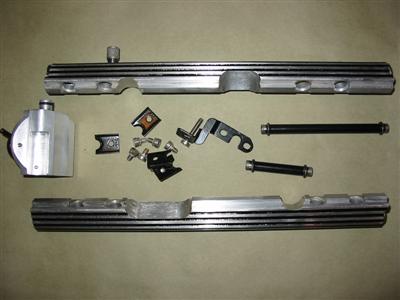
|

|
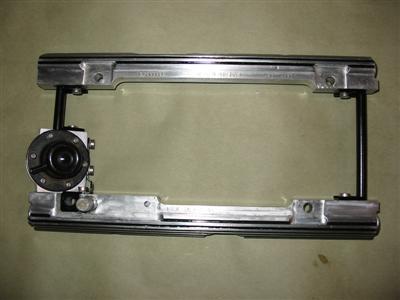
|
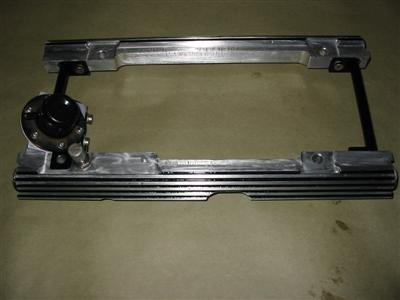
|
| The next step was to clean the lower and upper intake and the runners. |
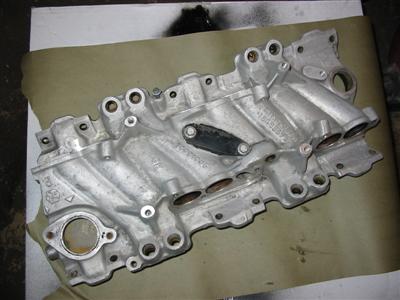
|

|
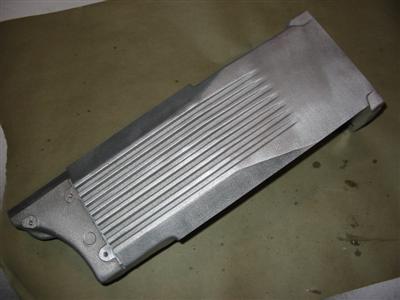
|
|
| I next painted the runners and bolts semi gloss black. |
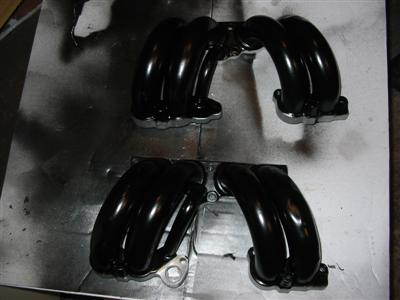
|

|
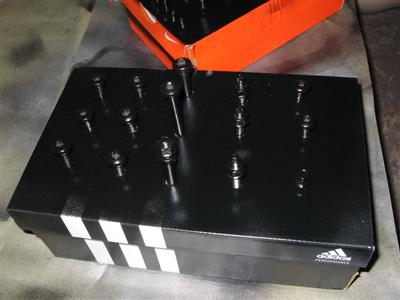
|
|
| I also cleaned up and modified the lower throttle body cover. This cover contains the
Intake Air Control (IAC) and the Coolant Pass Through passages. I hacked off the nipples
for the coolant pass through hoses. Since this car will not be run in the cold weather,
the coolant pass through is unnecessary. It really doesn't do anything from a performance
standpoint. It just looks cleaner and it is two less hoses that can leak. |
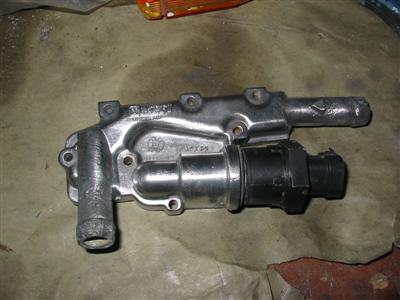
|
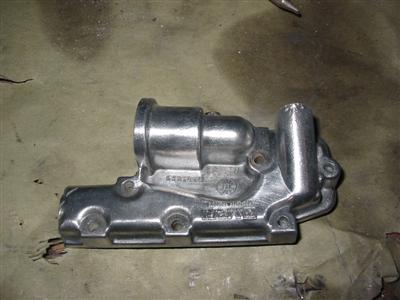
|

|
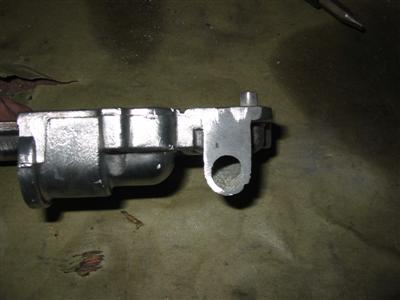
|
| Here are pictures of the Lower Intake Painted silver and the Upper Intake cleaned up with
the center fins painted black. I then mocked up all four pieces of the intake to see how everything looked.
Also pictured is a block up plate installed for the ninth cold start injector. I am planning to run a chip
with the program for an 89 system. The 89 system didn't use a cold start injector. It was programmed to
use the existing 8 injectors at startup. |
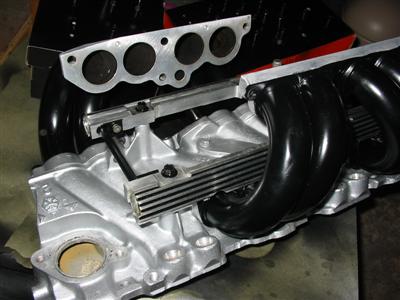
|
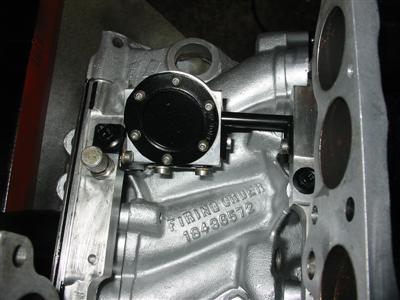
|
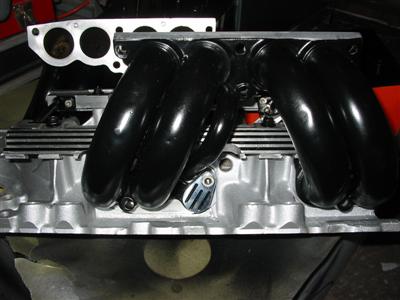
|
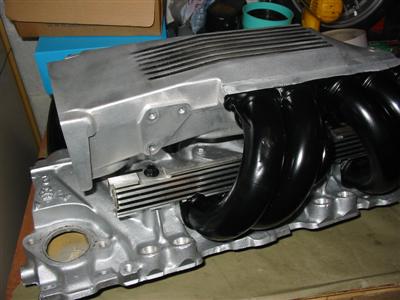
|

|
|
| Here are a few more mock up photos of the intake with the throttle body and coupler I
purchased for the intake system installed. |
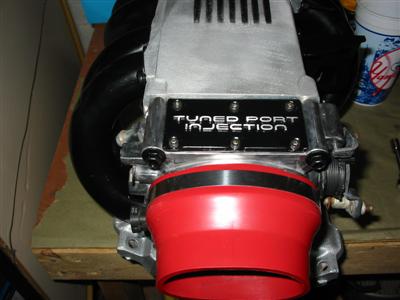
|
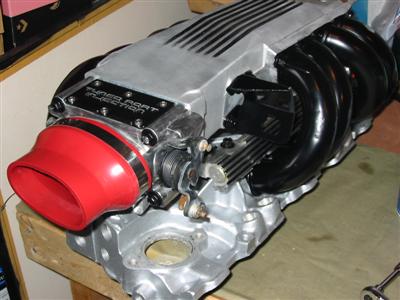
|
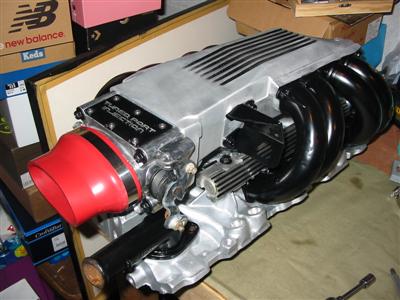
|

|
| Here is a picture of the inside of the upper intake where the throttle body mounts. If you
look closely, you will see blockages behind the throttle body openings. I later knocked these
down a bit with a grinder to get better airflow. |

|
|
| Here are pictures of the fuel line fittings and NPT plug. As you can see in this photo, the
rear fuel fitting did not fit because it hits the distributor. I later replaced the right
rear fitting with a 45 degree fitting. The left side fuel rail did not require me to tap
or drill out the rail. I used a fitting that used the ninth injector feed port that I will
not be using for the cold start injector. |

|
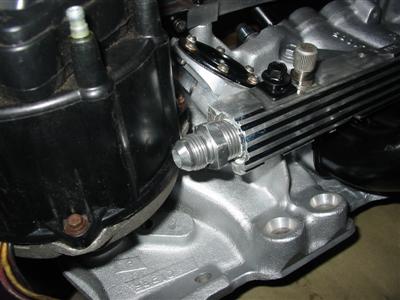
|

|
|
| I also blocked the output line on the fuel regulator with a plug. I also modified the
regulator to no longer work as a regulator. I made a round steel disc to replace the
regulator spring and diaphragm. I have an external regulator that I am going to utilize. |
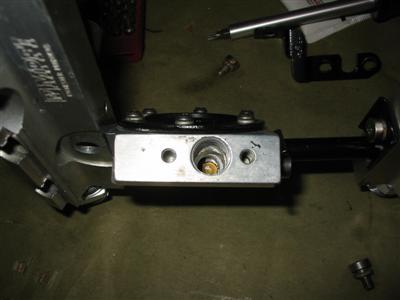
|
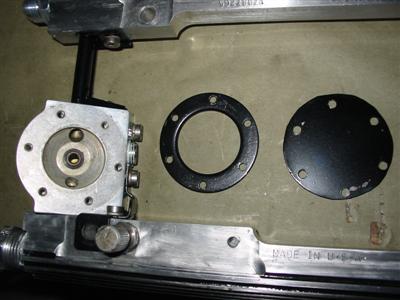
|

|
|
| Next I removed the carb and intake and mocked up the TPI manifold |
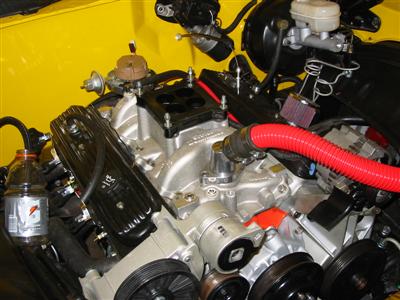
|

|

|

|
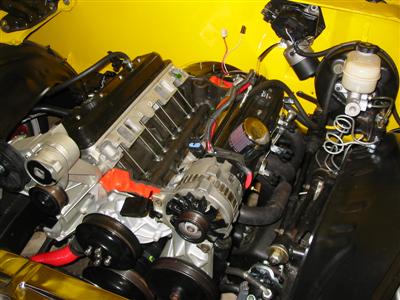
|

|

|
|
| Here is the fuel rail with the injectors installed. In these pictures the fuel injectors
are installed wrong. The injector plugs should on the outside of the rail; not on
the inside. I later corrected this. |
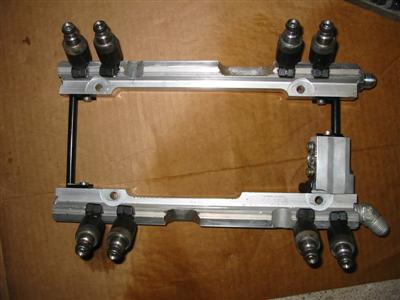
|
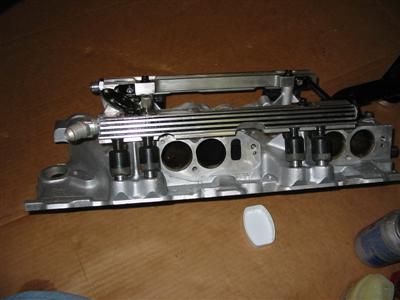
|
| I then put down the gaskets and RTV and installed the lower intake with the fuel rails
and injectors installed and then hooked up the fuel lines. |

|

|
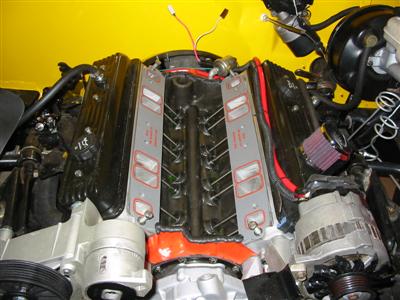
|

|
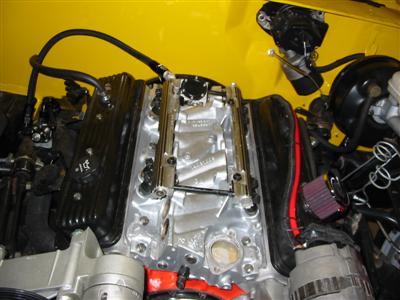
|

|
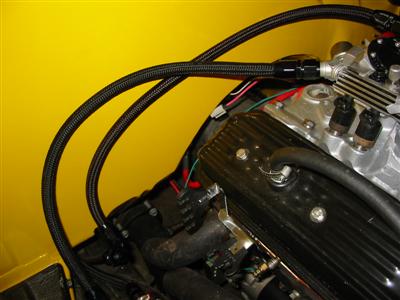
|
|
